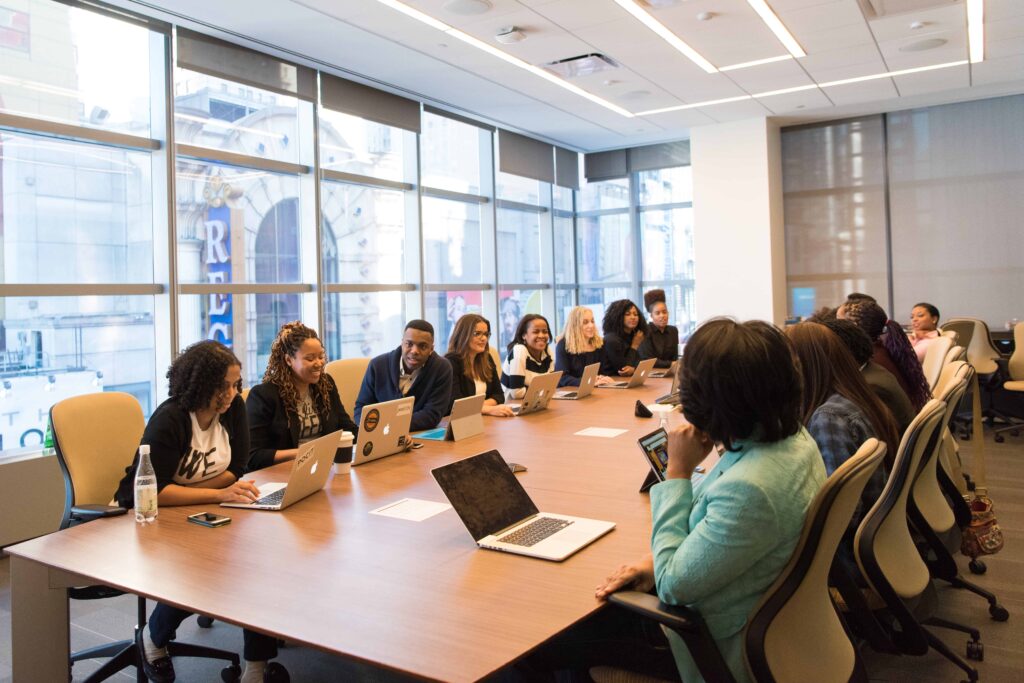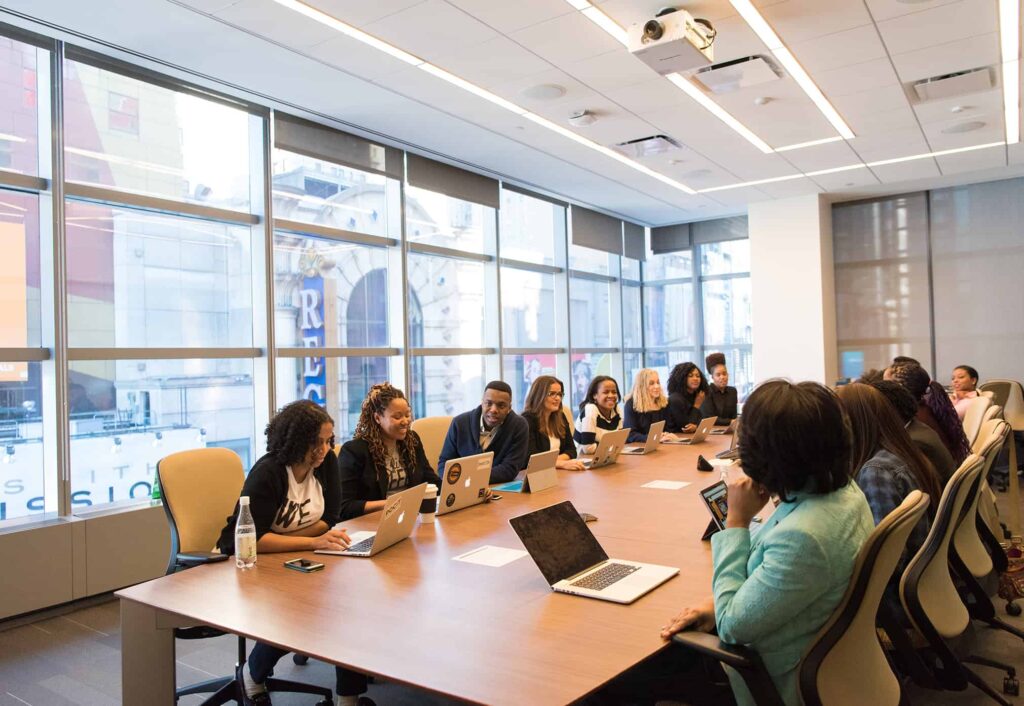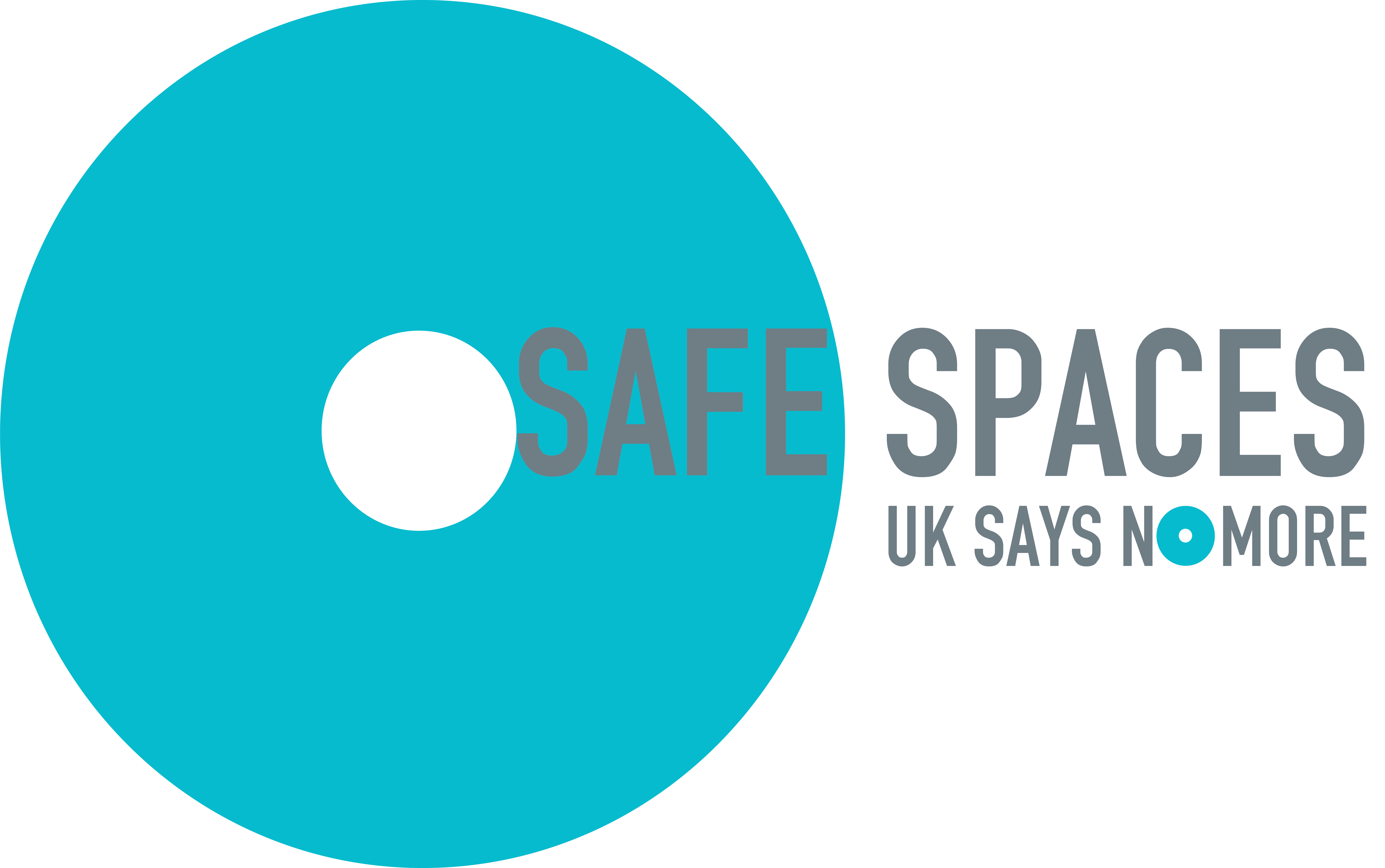It does not have to be this way. Taking a holistic and comprehensive view of how to close the gap, can and will have a significant impact for those organisations who choose to take that route. To do this, organisations need to look at all aspects of the employee lifecycle. Job design is the first step, identifying barriers and opportunities to be more inclusive is the lynchpin of recruiting diverse talent.
Advertising in different channels and reviewing language and tone will help attract more female talent but only if the organisational culture is open to new and different hires. Retaining top female talent will only be successful if the working environment is welcoming to all women.
Simply addressing the gender pay gap as a female issue is another key mistake – some women come from different cultural backgrounds, some are disabled, some are gay whilst others are carers. Taking a one-dimensional approach to tackling gender issues will only solve a small proportion of the problem. This will only become a more prominent issue as the Ethnicity Pay Gap reporting becomes mandatory – currently proposed for 2020.
It is clear that ensuring maternity policies are adequate, flexible working is adopted, now extending to offering support for women during the menopause in the workplace. All of these are important in addressing the gender pay gap.
However, there are few organisations who have tested the equality impact of the performance management process, change management methodology, succession planning, absence management – the list is endless. Those that have always identifed adverse impact that has an effect on women being their best at work, or women being recognised for their contribution.
You may note at this point, that I have yet to even mention pay or reward mechanisms. There are so many barriers to consider here – service based pay increments, still prevalent in public sector will always impact negatively on women – career breaks, part time working, all result in a reduced pay level. Performance related pay is highly likely to drive gaps as men are more likely to promote their achievements and gain the associated reward.
Just looking at the bonus pay gap in itself highlights a number of challenges. Why are bonuses still reserved for the few at a senior level – remember the cleaner who put the man on the moon at





